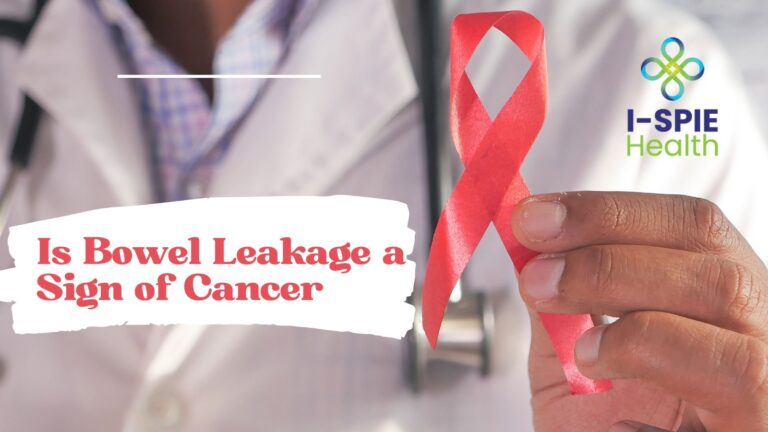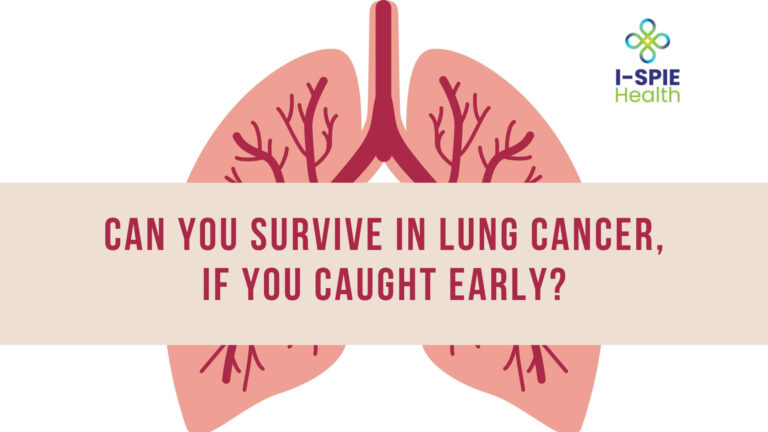A mammogram is one of the most effective tools in the fight against breast cancer, providing crucial information that can lead to early detection and improved treatment outcomes.
This imaging test uses low-dose X-rays to examine the breast tissue, identifying abnormalities that may not be palpable during physical exams. Understanding the process, benefits, and How to Prepare for a Mammogram is essential for women aiming to maintain optimal breast health.
What is a Mammogram?
A mammogram is a specialized medical imaging test that uses low-dose X-rays to create detailed images of the breast. It is primarily used as a screening tool to detect early signs of breast cancer, often before symptoms develop. Mammograms can also be used diagnostically to investigate suspicious changes found during physical exams or routine screenings. This test plays a vital role in early detection, significantly improving the chances of successful treatment and survival.
What is the Mammogram Procedure Like?
Preparation
Before the mammogram, you’ll be asked to undress from the waist up and wear a provided gown. It’s important not to apply any deodorants, perfumes, lotions, or powders on your chest or underarm area on the day of the exam, as these can interfere with the results.
The Procedure
Positioning:
You’ll stand in front of the mammography machine. The technologist will position one of your breasts on a flat plate. Another plate, called a paddle, will come down and compress the breast tissue. This compression is necessary to get a clear image and to reduce radiation exposure.
Compression:
The breast will be compressed for a few seconds while the X-ray is taken. You may feel some pressure or discomfort during this time, but it should not be painful. Compression helps spread the breast tissue evenly and minimizes motion, ensuring the clearest possible images.
Image Capture:
The technologist will take at least two images of each breast: one from the top view and one from the side view. Sometimes, additional images are needed to capture more detail.
Repeat:
The same process is repeated for the other breast. The entire procedure usually takes about 20 minutes.
Why Should I Get a Mammogram?
Getting regular mammograms is crucial for early detection of breast cancer, which is when the disease is most treatable. Mammograms can reveal tumors that are too small to be felt and detect microcalcifications that might indicate the presence of breast cancer. Early detection through mammograms can lead to less aggressive treatments and better outcomes, highlighting the importance of incorporating this screening into routine healthcare.
Benefits of Mammograms
- Early detection of breast cancer: Mammograms can detect breast cancer when it is still in its early stages when it is most treatable. Early detection can significantly increase the chances of a successful cure.
- Reduced breast cancer mortality rates: Studies have shown that regular mammograms can help reduce the number of deaths from breast cancer.
- Less aggressive treatment: When breast cancer is detected early, it is often smaller and less likely to have spread to other parts of the body. This means that treatment may be less aggressive, such as with lumpectomy and radiation therapy, rather than mastectomy and chemotherapy.
- Peace of mind: Knowing that you have had a mammogram and that your doctor does not see any signs of cancer can provide peace of mind.
How Often Should I Get a Mammogram?
The frequency of mammograms can depend on several factors, including age, family history, and individual risk factors. Generally, women are advised to start regular mammograms at age 40 and continue annually or biennially. However, women with a higher risk of breast cancer, such as those with a family history of the disease or genetic predispositions, may need to begin screening earlier and more frequently. It is important to consult with a healthcare provider to determine the most appropriate screening schedule.
Can I Ever Stop Getting Mammograms?
A cancer consultant should make the decision to stop getting mammograms, taking into account age, overall health, and individual risk factors. Generally, women in good health are advised to continue regular screenings as long as they are expected to live at least 10 more years. Factors such as personal health history and the presence of chronic conditions should also be considered when making this decision.
How to Prepare for a Mammogram
Proper preparation can help ensure the most accurate mammogram results. On the day of the exam, avoid using deodorant, lotion, or powder on your breasts or underarms, as these substances can interfere with the X-ray images. Wear a two-piece outfit for convenience, as you will need to undress from the waist up. If you have previous mammogram images, bring them with you for comparison. Communicate any breast symptoms or concerns to the technologist before the procedure begins.
6 Tips to Prepare for Your Next Mammogram
1. Schedule Regularly
Regular mammograms are crucial for detecting breast cancer early. Setting reminders ensures you stay on top of your health and can address any concerns promptly if they arise.
2. Wear Comfortable Clothing
Choosing a two-piece outfit simplifies undressing for the mammogram, making you feel more at ease during the procedure. Comfortable clothing contributes to a more relaxed overall experience.
3. Avoid Deodorants and Lotions
Refraining from using these products on the day of your mammogram prevents interference with the X-ray images. This ensures clear and accurate results, avoiding the need for repeat screenings due to artifacts.
4. Practice Relaxation Techniques
Deep breathing and relaxation exercises help alleviate anxiety and tension associated with mammograms. Practicing these techniques beforehand can significantly improve your comfort during the procedure.
5. Arrive Early
Arriving a few minutes early allows you to complete any necessary paperwork calmly and prepare mentally for the mammogram. It reduces stress and ensures a smooth transition into the examination.
6. Bring a Friend or Family Member
Having emotional support from a loved one can provide comfort during the mammogram. They can offer encouragement and be there to help you through any concerns you may have.
What Do My Mammogram Results Mean?
Mammogram results can indicate several findings. Normal results show no signs of breast cancer or other abnormalities. Benign changes, such as cysts or fibroadenomas, are non-cancerous and usually not a cause for concern. Suspicious findings may require further evaluation through additional imaging tests, such as ultrasound or MRI, or a biopsy to determine if cancer is present. Understanding your results and following up with your healthcare provider is crucial for maintaining breast health.
Read More: Treatment for Prostate Cancer In Early Stage
Final Thoughts on Preparing for a Mammogram
Preparing for a mammogram involves understanding its significance, following the recommended preparation guidelines, and maintaining regular screening schedules. Being informed and proactive about breast health can lead to early detection and better treatment outcomes. Remember to communicate any concerns or symptoms with your healthcare provider and technologist to ensure the most accurate and effective screening.
How to Prepare for a Mammogram?
Nervous about your upcoming mammogram? Discover essential tips and get personalized advice from Madhavi Parikh to ensure you’re fully prepared.
Conclusion
Mammograms are a vital tool in the early detection of breast cancer, significantly improving the chances of successful treatment and survival. Regular screenings, proper preparation, and understanding of the procedure and results are essential components of proactive breast health management. By staying informed and vigilant, women can take charge of their health and reduce the risk of advanced breast cancer.
FAQ
What age should I start getting mammograms?
Guidelines typically recommend starting mammograms around age 40, but individual recommendations may vary based on risk factors. Consult with your healthcare provider for personalized advice.
Are mammograms painful?
Mammograms may cause discomfort due to breast compression, but this only lasts for a short time during the procedure. Techniques to relax and stay calm can help minimize discomfort.
How long does a mammogram take?
The procedure usually takes about 20-30 minutes, including preparation and imaging. The actual compression of each breast only lasts a few seconds.
Are mammograms safe?
Mammograms use a low dose of radiation, which is considered safe and effective for breast cancer screening purposes. The benefits of early detection far outweigh the minimal risks.
What if my mammogram shows something abnormal?
Abnormal findings may require additional tests or procedures for further evaluation and diagnosis. Follow-up imaging or a biopsy may be recommended to determine the nature of the abnormality.








One Comment